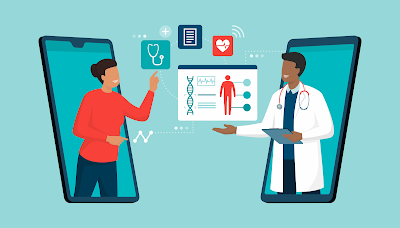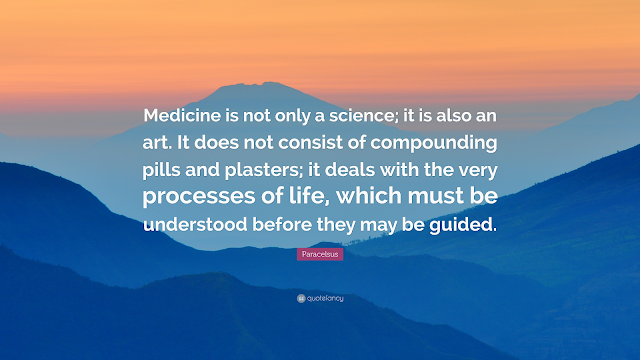Valuing Virtual Healthcare
The pandemic triggered an increased in 'virtual' everything - from meetings, to healthcare appointments, to gatherings, to art gallery viewings...
There are many benefits to this. During the pandemic, transitioning to virtual formats allowed us to stay connected to one another at a time when social distancing was critical for our communities. Although it was a huge learning curve, it also increased and encouraged many people to learn more about technology. People also may have been able to save money on gas when commuting, they connected to people far away, explored new activities online, were able to access their healthcare providers, etc.
However, there were (and are!) many pitfalls to virtual formatting of 'life'. Not everyone has access to laptops, phones, stable internet connections, etc. Technology can also fail, and when it does, it can be incredibly frustrating. From a healthcare perspective, virtual care allowed doctors to treat patients when they were at home, but it also meant that some things 'could go missed', that patients were not seen in person when they should have been, etc.
I recorded a podcast about how physicians and patients can maximize or 'value virtual care' - listen here.
Virtual healthcare (virtual everything!) is very useful for certain things. For example, a patient who is stable and has no complaints or health changes can benefit from speaking to their physician on the phone for a simple medication refill. Physicians can also utilize virtual healthcare to 'check in' with their patients who may be too far to drive in (and it is safe to use virtual methods).
However, there are pitfalls to 'doing' medicine virtually. There are reasons and situations when your doctor needs to see you in person. For example, a complaint of 'chest pain' or 'abdominal pain' (among other things) requires a physical exam. Communicating lab results that are serious should ideally also be done in person.
It is up to the physician and patient to work together to use virtual healthcare safely. Patients may think that something is appropriate for virtual healthcare, but ultimately, the physician needs to ensure that it is safe to do so. When done correctly and safely, virtual care can be a very useful method of conducting healthcare appointments.
As a takeaway: for patients - please don't get frustrated if your physician requires you to come in-person for certain healthcare visits. This is for your safety and well-being. For physicians, continue to use resources to educate yourself on when virtual care is and is not appropriate.


